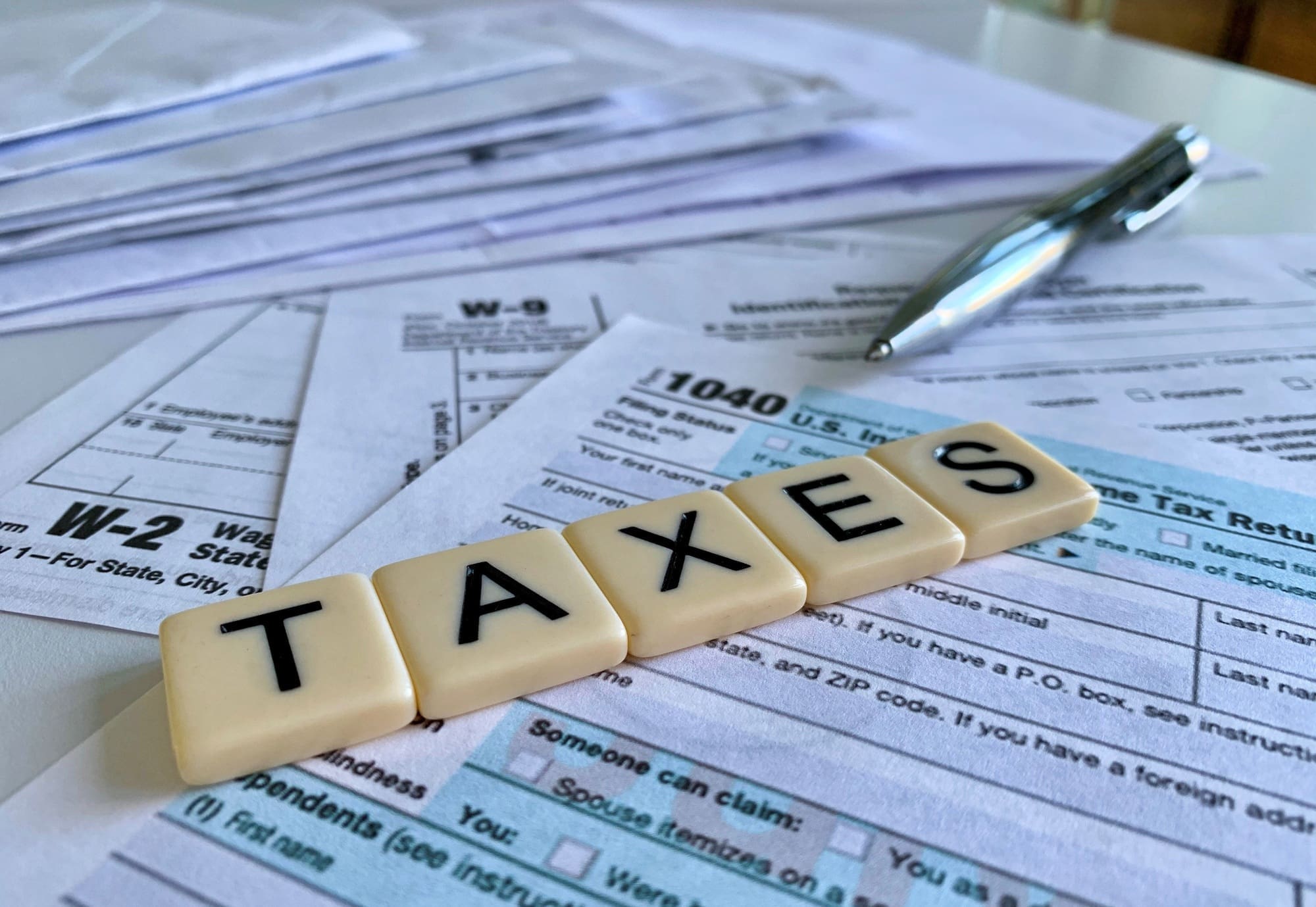Press reports indicate that the Chancellor will reform tax relief for pension contributions in his March Budget.
In the July 2015 Budget the Chancellor launched a consultation on ‘tax incentivised saving’. It focussed on the tax cost of the existing pension system but made few proposals about how it could be reformed. The expectation was that we would see more detail alongside the Autumn Statement but all we learned when November came was that an answer would have to await this month’s Budget in March 2016.
Speculation has started to circulate about what Mr Osborne might do. The latest suggest that he has abandoned the idea of turning pensions into ISAs (no tax relief for contributions, but no tax on benefits) and instead the Treasury is reported to be considering a single flat rate of tax relief, irrespective of the contributor’s marginal income tax rate(s).
Such a change would be good news for basic rate taxpayers, but not for 40% or 45% taxpayers. From the Chancellor’s viewpoint a flat rate approach to tax relief could save billions in tax relief while still benefiting the majority of people putting money into pensions: at present basic rate taxpayers make half of all pension contributions but receive only 30% of the pension tax relief given.
Whether or not this reform happens, the rumours are a reminder that now is a good time to review pension contributions. The Chancellor already has two cuts lined up for 6 April in the form of a 20% reduction to the lifetime allowance and a phased reduction in the annual allowance for high earners.
Former pensions minister Steve Webb feels that it is highly unlikely that the tax-free lump sum concession will be removed from existing pension pots in the coming Budget. If the Chancellor announces replacement of the existing pension system it will only apply to future savings, Webb predicts.


